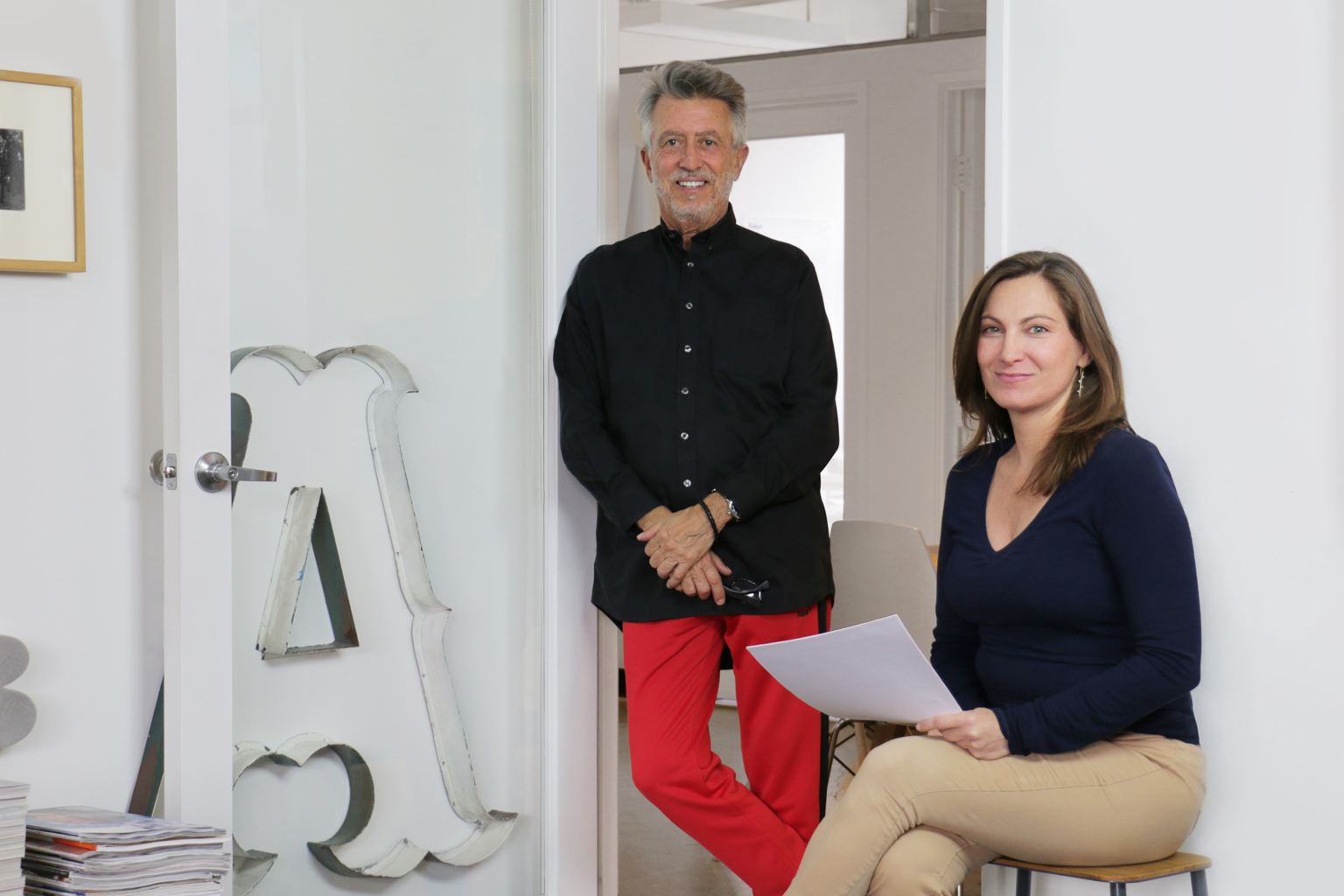Our CEO and President, Gary Baker, recently sat down with our VP of Strategic Planning, Jill Stephens, to discuss how workshops with employees inform the brand strategy, employee value proposition, and more.
Gary: The intake workshops we do as part of our discovery phase tend to be really successful for a lot of reasons, a critical piece that informs our findings and recommendations. First and foremost, what’s the primary goal of a work session?
Jill: In general, the goal is to uncover critical insights from employees about the differentiating value of their company. We interview executives, of course, but we also want to get the perspective of a cross section of employees. The specific insights we’re looking to uncover depend on the project. We’ve conducted workshops to inform recommendations for corporate brand platforms, company purpose and values, employee value propositions, etcetera.
Gary: How would you say our approach is special or unique?
Jill: Well, we customize the workshops for each client, for each project. There is no “off-the-shelf” agenda. With each client, we discuss upfront the Who, What, When, Where, and Why. Once we understand specific goals, desired outcomes, the particular mix of employees who will participate, and any time or other requirements, we design the work sessions accordingly.
Gary: I think the real value is when we get people to think differently about the topics. I think those inputs become very rich. Let’s talk a little bit about some of the specifics of these sessions.
Jill: The workshops are typically a combination of group and individual exercises: some are written then shared and discussed with the group. Other times, the facilitator will lead a discussion or exercise and whiteboard the inputs. We design the agenda and set the tone, but the magic comes from the participants. Colleagues who wouldn’t normally interact are part of an ad-hoc team stimulating the conversation and sharing their thoughts. Ideas often build off one another. There can be agreement or disagreement. Opinions may vary, yet distinct patterns emerge.
Because we can’t possibly hear from every individual in an organization, these workshops are designed to garner input from a representative sampling of team members in a more in-depth manner.
Gary: We garner great insights. They really contribute a lot. What are some other benefits besides the quality of the intake?
Jill: First and foremost, I think participants have a lot of fun. They go to work with little or no understanding of how the session will play out, and by the end, they often say they never expected to have so much fun!
Gary: Yes, and that is why we get such rich input — because they have fun doing it.
Jill: Exactly. We get rich, genuine input. It’s candid, it’s frank, it’s forthcoming, it’s honest, but it’s not negative. To somehow create an environment where it’s conducive to that frankness and openness — it’s remarkable and it really energizes people. Virtually everyone is grateful for the opportunity to contribute, and they appreciate having their sentiments solicited and considered in such a meaningful way.
Gary: They also tell fellow workers that they participated in this positive experience. I think that helps add to the buzz, or to a positive feeling about the company.
Jill: Absolutely. It’s important for everybody to know — whatever the eventual program deliverables are — that the employees had substantial input.
Gary: Those were benefits for employees, but I think there are also some benefits for the company.
Jill: There are extraordinary benefits for the company. I think we actually facilitate communication between employees and leadership through these workshops. Often, the C-suite may not be aware of just how deeply employees feel about something. We’ll highlight something an employee said that perfectly crystallizes a sentiment that came up over and over, across all the workshops, and we could never say it better. For a CEO, to see that, it’s almost as if they talked to the employee themselves and heard it. That would have never happened, otherwise. They see and understand sentiments of their employees they wouldn’t otherwise consider.
Gary: Also, the employees see that leadership is behind an initiative that is intended to make the company better — and asking for their input. What is also critical is that these participants see follow-up and some action at the end of the day.
Jill: Very important. In fact, we anticipate the questions employees may have about next steps in the engagement and expect to discuss them in the workshops. We clarify the purpose and goals. We explain how their inputs will inform our work. And, to the best of our ability, we explain the eventual deliverables, plan for rollout, and other things to expect.
